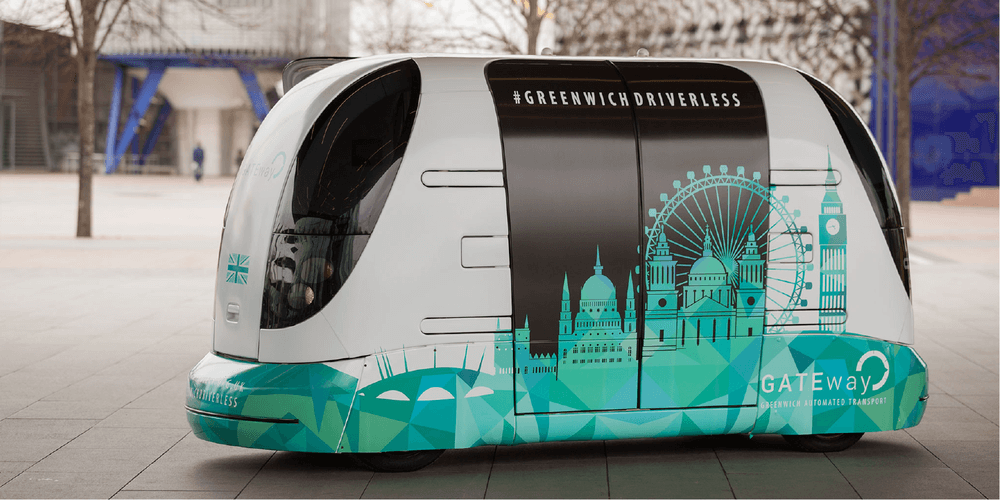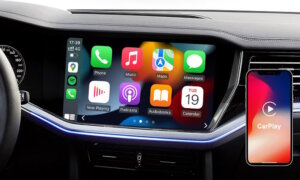Japan and US are spearheading the efforts for commercial driverless services but that doesn’t mean Europe isn’t thinking about enhancing public transport, too. In fact, in the next three weeks, Londoners will start seeing small self-driving pods in Greenwich #automagic
U.K’s Transport Research Laboratory (TRL) is getting ready for a driverless shuttle trial in the London borough of Greenwich. The vehicles used are going to be smaller than minibuses, a sort of “pods” capable of taking 4 people at once. The self-driving pods will run on a preset route at a very, very slow pace – a maximum of 10mph (that’s 16kph). Each car will be equipped with several cameras and LIDAR to “see” its environment, although a human operator will be in the vehicle, on every single ride.
TRL expects the prototype shuttle called “Harry” to take about 100 people in this trial period. If all goes well, these pods will serve as public transport in areas hard to reach by buses, trains or trams. Instead of being optional transport rides for city dwellers, the pods will make sure every bit of ground is covered and people don’t need to walk miles to get to work.
“It shouldn’t be a white-knuckle ride for passengers. We know we’ve got the software right when the journeys are unremarkable.”, said Graeme Smith, CEO at Oxbotica, the company that developed the pod’s self-driving systems. Indeed, the quest here is to make shuttles, pods, cars, minibuses as common as a regular, human-driven car. Making people trust self-driving vehicles is going to be challenging, especially since, so far, no company has made it past the initial trials.
In UK, Harry isn’t the first self-driving vehicle to hit the road. Last month, Nissan let its driverless Leaf EV cars run on public roads in east London. Equipped with five radars, four lasers and 12 cameras, the vehicle followed a mapped route but one of its rides was a bumpy one. Guardian editor writes, “Trust was briefly jeopardised at the roundabout, however, when Iijima grabbed the steering wheel to avoid a lorry in the neighbouring lane, and braked swiftly to stop the car autonomously rear-ending a Honda Civic with P-plates. ” Yet, Nissan’s head of automated driving, Tetsuya Lijima, explained coolly that some bugs are normal since they were cruising in a prototype. Nissan wants to have fully autonomous cars ready by 2020, when Tokyo Olympics will provide a good context to show them off as taxis.
What do you think: are passengers going to be the first to welcome this new type of transport in their lives? Or are drivers going to risk it all and get on the backseat of a commercial vehicle?
Follow TechTheLead on Google News to get the news first.























